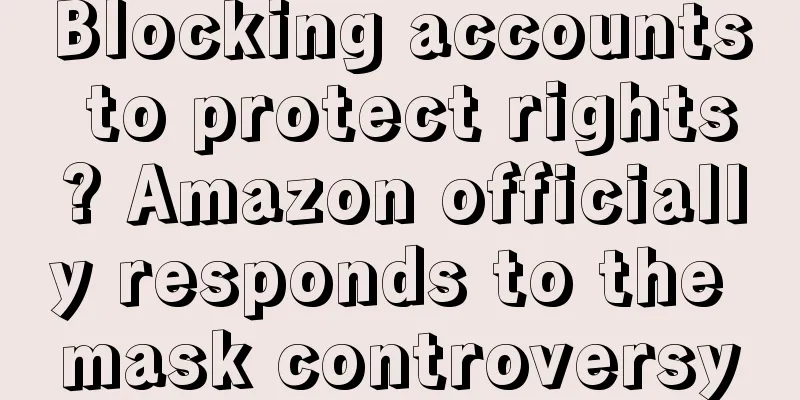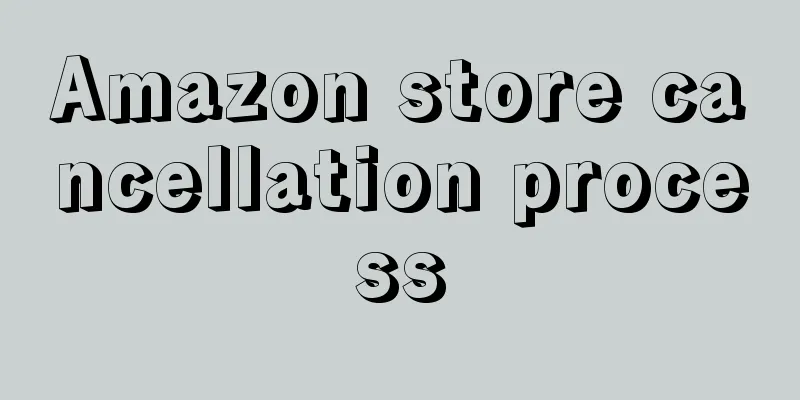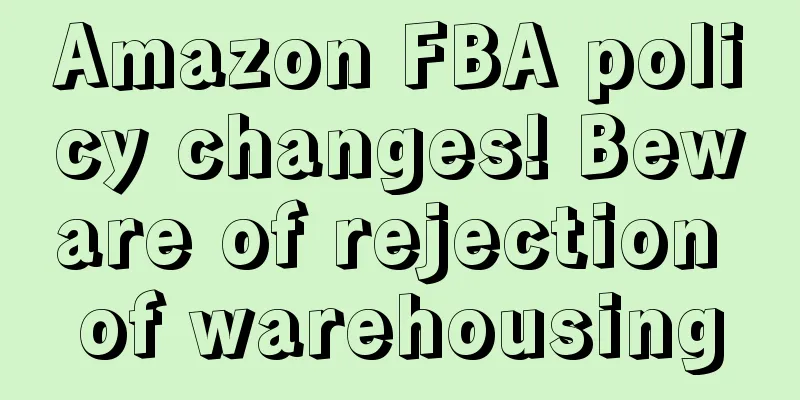|
It is not a one-shot thing for Amazon sellers to list new products. They need to consider various factors and make preparations in advance.
Launching new products is a complex part of the sales process. There are many purposes for launching new products, including expanding business, increasing sales and product awareness.
Under normal circumstances, after a new product is launched, it is not easy to sell, which affects the search ranking. Low ranking and insufficient exposure will lead to no sales.
Therefore, it is necessary to formulate a strategy to launch new products in order to generate orders and improve product rankings. Preparation and strategy before listing Before listing products, Amazon sellers need to do the following homework: Optimized product listings
To find keywords, you can check the keywords used by your competitors. First search for similar products, and then sort out the keywords with high search volume in the first page of search results.
Keywords are the starting point. You can use keyword tools to collect words with high search volume or long-tail keywords. Make sure both keywords and listings are optimized.
If the keywords and listings are ready, the next step is to quickly accumulate sales and improve rankings. You can increase sales by setting up Giveaway. Giveaway is a discount product set by the seller , which provides buyers with a substantial discount . The use of Giveaway is to quickly improve the ranking of products by launching discount products at a specific time. But in order to achieve the goal of improving rankings, sellers need to first determine how many products need to be sold in order for your product to appear on the homepage. Once you have determined how much you need to sell to get on page one, you can set a discount. Many sellers don’t know how much discount to set. The size of the discount is related to whether consumers are willing to buy your product.
For example, if a Facebook ad product has interesting content but the discount is only 10%, many people will ignore it because the discount is not small enough to entice users to buy. For products, Amazon sellers need to set an attractive discount to attract consumers to place orders.
Of course, the discount also depends on the market demand for the product. If your product is in high demand, then the discount can be smaller. But you also need to evaluate whether the market is fiercely competitive. For example, iPhone charging cables have high demand but fierce market competition, so the discount can be set at 50%.
If the demand for a product is low, users may not want to buy it even if the discount is 50%. However, if it is set at 85%, users will think, "Even if I don't need this, it would be unreasonable not to buy it with such a low discount."
On Amazon, setting a 75-89% discount can fully arouse the interest of buyers , even those who are not targeted, and then quickly increase sales and drive ranking growth. Note: If the discount is higher than 90%, it may cause the account to be abnormal and marked by Amazon.
After setting the discount rate, you need to determine the distribution channels for the coupons. Here are several distribution channels:
Platforms such as Facebook, Instagram, and YouTube are great channels for promoting your products. For example, you can set up a business page on Facebook, build a fan group, and then distribute coupons to this audience. Or you can create Facebook or Instagram ads.
Posting product introduction articles on websites and blogs will continue to bring in traffic as long as you don't delete them. You can contact bloggers and offer them products for free to post articles. You can also post promotions on relevant product forums or groups.
Chatbots make communication very convenient. Through preset scripts, chatbots can automatically reply based on what customers input. If a customer sees and clicks on a product ad, a conversation can be initiated and the chatbot can provide instructions on how to apply for a coupon.
Off-site Deal websites can list your discounted products and charge a certain fee. It can reduce the workload of sellers. Building a potential customer email list is essential to increase sales and customer retention. Through the email list, you can send coupons to users who are interested in your products. Before creating an email list, sellers need to do relevant marketing work before they can collect emails.
Although this is not a coupon method, it is the most effective way to promote products on Amazon.
How to maintain the listing and follow-up actions after the product is launched
After you’ve achieved a lot of sales through discounts, you need to maintain your product listings . Specific measures include:
Many sellers will set prices lower than competitors when listing their products to attract users. After successfully gaining sales, they hope to raise prices to increase profits. If sellers set a low price when listing their products, they must increase prices slowly. A sudden and large price increase will cause Amazon to decide that your user experience is poor or that you are exploiting users, and ultimately cause you to lose the buy box unless you lower the price again.
When the product is launched, you need to run PPC ads. But after the launch, it does not mean that you can stop PPC ads. You must continue to run PPC ads to maintain the keyword ranking.
Sellers should constantly look for new and effective keywords, abandon keywords that do not bring sales, and optimize your advertising campaigns.
Convince users to review the product. Although there are many black technologies to obtain reviews, they also come with risks. It is recommended that sellers can provide high-quality customer service, follow up with users and answer questions, and continuously improve products to increase the probability of users leaving reviews.
Additional suggestions for product listing
When setting up new product coupons, be sure to limit the number of coupons that can be issued each day. Also, set a maximum order quantity in the background to ensure that you will not be taken advantage of by others.
If your product has been on the shelves for 4-5 days and you don’t see any ranking increase, it is normal. Amazon needs time to track your sales history.
If a certain URL doesn’t work for your listing, try using a tool like Helium 10 to generate a different type of URL.
Back-to-school season strategy: What products are selling well?
Six tips for improving your Amazon advertising ROI
8 common mistakes Amazon sellers make in product listings. Are you one of them? Statement: When reprinting this article, the title and original text must not be modified, and the source and original link must be retained. |










